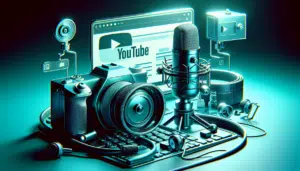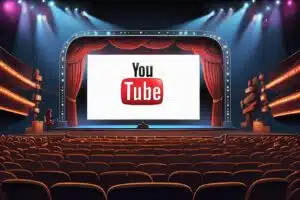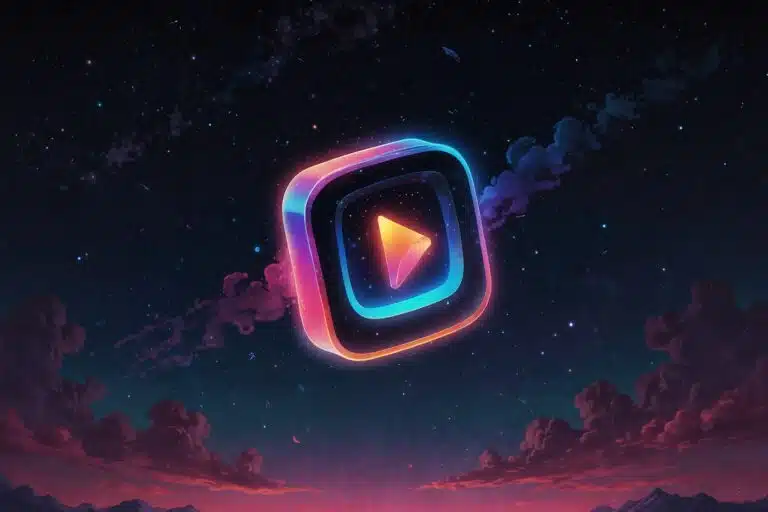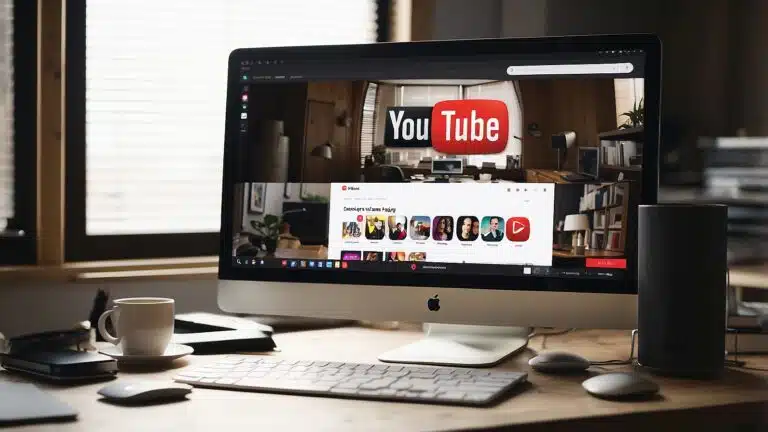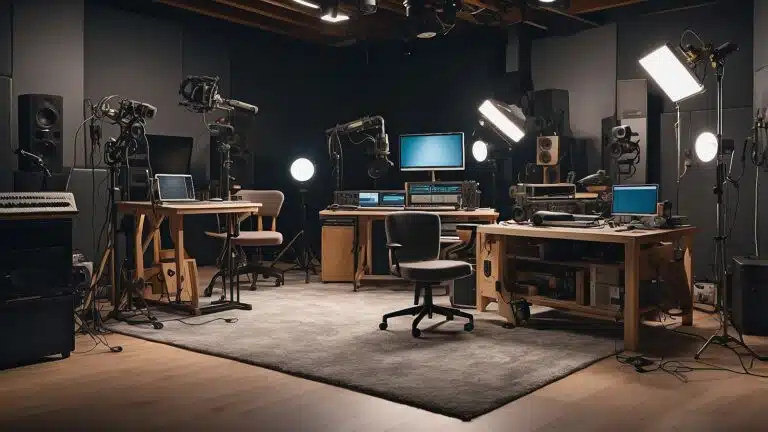If you're considering streaming as a career or a side hustle, you may be wondering which platform is better for making money: Twitch or YouTube. Both platforms offer opportunities to monetize your content, but the earning potential and monetization models differ. In this article, we'll provide an overview of Twitch vs YouTube earnings, and compare their monetization models.
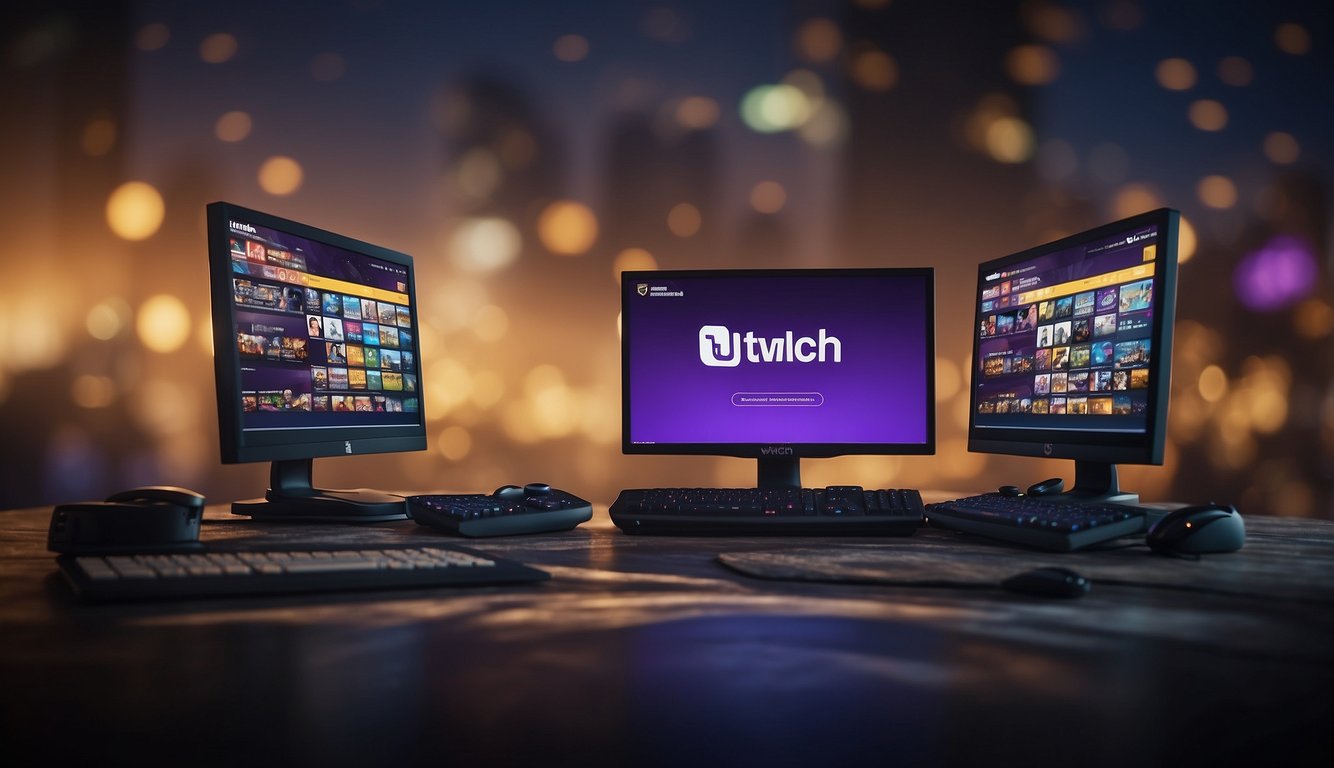
Twitch and YouTube are two of the most popular streaming platforms, attracting millions of viewers and content creators. Twitch is primarily focused on live streaming, while YouTube offers a mix of live and pre-recorded content. Both platforms have their own unique features and communities, and choosing the right one for you depends on your goals and content niche. In the following sections, we'll explore the key differences between Twitch and YouTube in terms of monetization, earning potential, partner and affiliate programs, audience and community building, advertising and sponsorship, viewer engagement and interaction, technical aspects of streaming, and the impact of external factors.
Key Takeaways
- Twitch and YouTube are popular streaming platforms with different monetization models and earning potential.
- To monetize your content on Twitch, you can earn revenue from ads, subscriptions, donations, and sponsorships. On YouTube, you can earn revenue from ads, sponsorships, merchandise, and YouTube Premium.
- The earning potential of both platforms depends on various factors, such as the size and engagement of your audience, the type of content you create, and the external factors that affect the advertising market.
Overview of Twitch vs YouTube Earnings
Twitch: A Brief Profile
Twitch is a live-streaming platform that primarily focuses on video game streaming. The platform was launched in 2011 and was acquired by Amazon in 2014. Twitch has built a community of millions of viewers and streamers who interact with each other in real-time. The platform has also expanded beyond gaming to include other categories such as music, talk shows, and creative content.
Twitch's revenue model is based on a 50-50 split between the platform and the streamer. The platform generates revenue through advertising, subscriptions, and sponsorships. The more views and subscribers a streamer has, the more revenue they can generate.
YouTube: A Brief Profile
YouTube is a video-sharing platform that allows users to upload, share, and view videos. The platform was launched in 2005 and was acquired by Google in 2006. YouTube has become the go-to platform for video content, with billions of users watching videos every day. The platform has a wide variety of content categories, including music, gaming, education, and more.
YouTube's revenue model is based on a 70-30 split between the platform and the content creator. The platform generates revenue through advertising, sponsorships, and merchandise sales. The more views and subscribers a content creator has, the more revenue they can generate.
Both Twitch and YouTube have a large audience base, with millions of viewers tuning in to watch live streams and pre-recorded videos. However, Twitch is primarily focused on live streaming, while YouTube has a mix of live and pre-recorded content. Twitch is more focused on gaming and e-sports, while YouTube has a wider variety of content categories.
In conclusion, both Twitch and YouTube offer opportunities for content creators to generate revenue through their platforms. The choice between the two platforms depends on the type of content you want to create and the audience you want to reach.
Monetization Models
When it comes to monetizing your content, both Twitch and YouTube offer a variety of options to choose from. In this section, we'll take a closer look at the monetization models available on both platforms.
Twitch Monetization
Twitch offers several ways to monetize your content, including ads, subscriptions, and donations. To become a Twitch Partner or Affiliate and unlock these features, you'll need to meet certain requirements, such as a minimum number of followers and stream hours.
One of the most popular ways to monetize on Twitch is through subscriptions. Viewers can choose to subscribe to your channel for a monthly fee, which gives them access to exclusive content and perks. As a Twitch Partner or Affiliate, you'll earn a percentage of the subscription fee.
Another way to earn money on Twitch is through donations. Viewers can donate directly to your channel using platforms like PayPal or Streamlabs. Some viewers may even choose to donate large sums of money, known as "cheering," which can be a great way to earn a quick boost in revenue.
YouTube Monetization
YouTube offers a variety of ways to monetize your content, including the YouTube Partner Program, Google AdSense, Super Chat, and Memberships. To be eligible for these features, you'll need to meet certain requirements, such as a minimum number of subscribers and watch hours.
One of the most popular ways to monetize on YouTube is through the YouTube Partner Program. This program allows creators to monetize their videos through ads and earn a share of the revenue. To be eligible, you'll need to have at least 1,000 subscribers and 4,000 watch hours in the past 12 months.
Another way to monetize on YouTube is through Super Chat. This feature allows viewers to pay to have their messages highlighted in the chat during a live stream. As a creator, you'll earn a percentage of the revenue generated from Super Chat.
In addition to these features, YouTube also offers Memberships. This feature allows viewers to pay a monthly fee to access exclusive content and perks on your channel. As a creator, you'll earn a percentage of the revenue generated from Memberships.
Overall, both Twitch and YouTube offer a variety of ways to monetize your content. The key is to find the model that works best for you and your audience.
Earning Potential

When it comes to earning potential, both Twitch and YouTube offer various income streams for their content creators. Here's a breakdown of the income streams available on each platform:
Income Streams on Twitch
Twitch partners can earn money through subscriptions, ads, and bits. Subscriptions are the primary source of income for most Twitch partners. Viewers can subscribe to a channel for a monthly fee, and the revenue is split between Twitch and the streamer. Ads are another source of income, but they are not as reliable as subscriptions. Twitch also has a virtual currency called bits, which viewers can purchase and use to cheer on their favorite streamers. Bits are another source of income for Twitch partners.
Additionally, Twitch partners can earn money through sponsorships and merchandise sales. Many Twitch partners have sponsorships with companies that pay them to promote their products during their streams. Merchandise sales are another way for Twitch partners to earn money. They can sell branded merchandise, such as t-shirts and hats, to their viewers.
Income Streams on YouTube
YouTube creators can earn money through ads, sponsorships, merchandise sales, and Patreon. Ads are the primary source of income for most YouTube creators. Creators can monetize their videos by allowing ads to play before or during their videos. YouTube also has a program called YouTube Premium, which allows viewers to watch videos without ads. Creators earn a portion of the revenue from YouTube Premium subscriptions.
Sponsorships are another source of income for YouTube creators. They can partner with companies to promote their products in their videos. Merchandise sales are another way for YouTube creators to earn money. They can sell branded merchandise, such as t-shirts and mugs, to their viewers. Finally, creators can use Patreon to earn money from their fans. Patreon is a platform that allows creators to receive recurring payments from their fans in exchange for exclusive content and other rewards.
Overall, both Twitch and YouTube offer various income streams for their content creators. The amount of money you can earn depends on several factors, such as the size of your audience, the type of content you create, and the income streams you choose to utilize.
Partner and Affiliate Programs
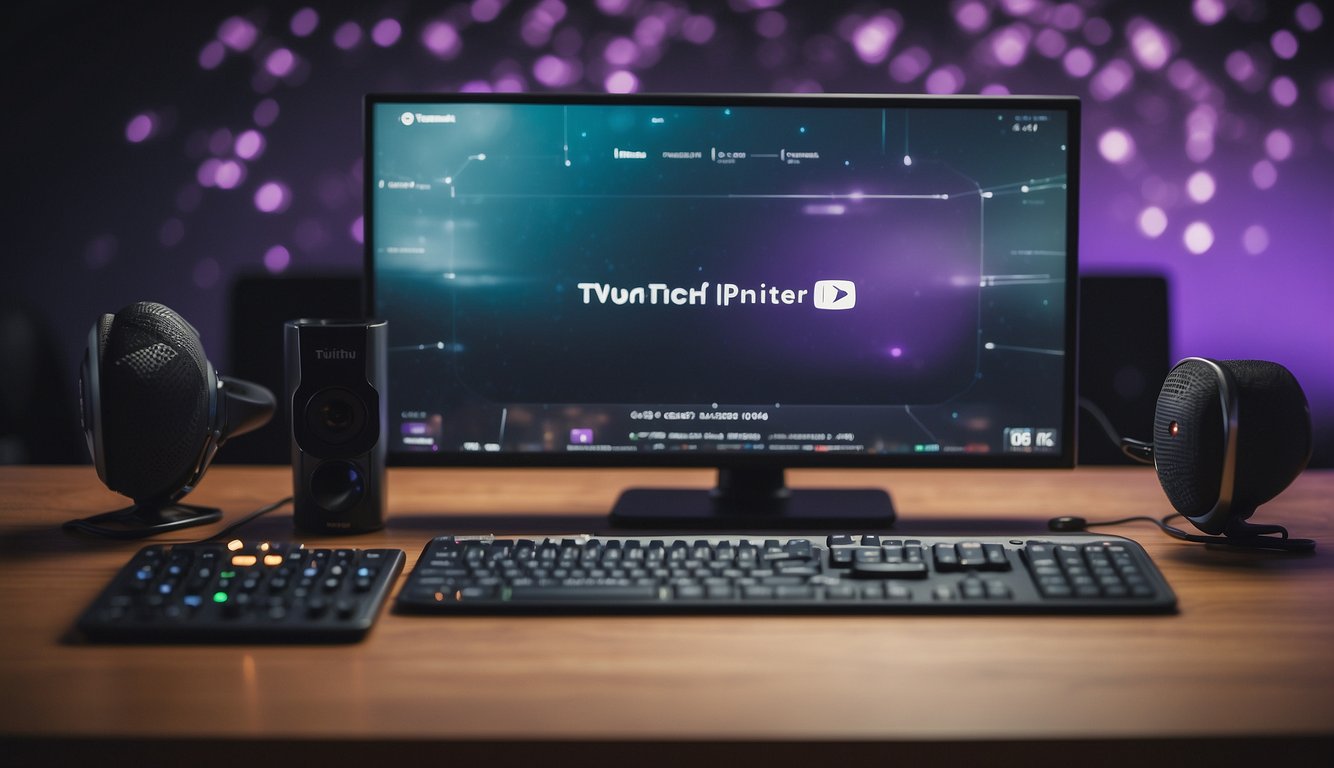
Twitch Partner and Affiliate Programs
When it comes to earning money on Twitch, there are two main programs: the Partner program and the Affiliate program. The Twitch Partner program is for the most successful streamers on the platform, while the Affiliate program is for those who are just starting out or have smaller audiences.
To become a Twitch Partner, you must meet certain requirements, such as having an average of 75 viewers per stream and streaming for at least 12 days in the past month. As a Partner, you'll have access to a range of benefits, including the ability to earn revenue from subscriptions, ads, and sponsorships. You'll also have access to more customization options for your channel and better support from Twitch.
If you don't meet the requirements for the Partner program, you can still earn money on Twitch through the Affiliate program. To become an Affiliate, you need to have at least 50 followers, stream for at least 8 hours in the past month, and have an average of 3 viewers per stream. Affiliates can earn revenue from subscriptions, ads, and Bits, which are virtual items that viewers can purchase to support their favorite streamers.
YouTube Partner Program
Like Twitch, YouTube also has a Partner program that allows creators to monetize their content. To become a YouTube Partner, you must meet certain requirements, such as having at least 1,000 subscribers and 4,000 watch hours in the past 12 months. Once you're a Partner, you can earn revenue from ads, sponsorships, and Super Chat, which is a feature that allows viewers to pay to have their messages highlighted in the chat.
Unlike Twitch, YouTube also has an Affiliate program called the YouTube Affiliate Program. This program allows creators to earn revenue from ads and channel memberships, which are similar to subscriptions on Twitch. To be eligible for the program, you need to have at least 100 subscribers and comply with YouTube's monetization policies.
Overall, both Twitch and YouTube offer ways for creators to earn money through their platforms. Whether you're a Partner or an Affiliate, you can earn revenue from subscriptions, ads, and sponsorships. However, the requirements for each program are different, so it's important to understand what you need to do to qualify for each one.
Audience and Community Building

When it comes to building an audience and community, both Twitch and YouTube offer unique opportunities. Here's a breakdown of the differences between the two platforms:
Building an Audience on Twitch
Twitch is primarily a live streaming platform, which means that building an audience is heavily reliant on consistent streaming. This requires a significant time investment, as well as a commitment to creating engaging content that keeps viewers coming back.
One of the key advantages of Twitch is its chat feature, which allows for real-time interaction between streamers and their audience. This can help to build a sense of community and loyalty among fans, who feel more invested in a streamer's success when they have a personal connection with them.
Twitch also has a strong sense of community, with viewers often forming their own communities around specific streamers or games. This can help to increase discoverability, as fans are more likely to recommend their favorite streamers to others in their community.
Building an Audience on YouTube
YouTube is a more diverse platform, with a wider range of content types beyond live streaming. This means that building an audience on YouTube can be achieved through a variety of methods, from vlogs and tutorials to gaming and music videos.
One of the key advantages of YouTube is its algorithm, which can help to increase discoverability and reach for new creators. This means that even with a small audience, it's possible to gain traction and grow your fanbase over time.
YouTube also has a strong social media presence, with creators often using other platforms like Twitter and Instagram to promote their content and connect with fans. This can help to build a sense of community and loyalty among viewers, who feel more invested in a creator's success when they have a personal connection with them.
In conclusion, both Twitch and YouTube offer unique opportunities for building an audience and community. The key is to find the platform that best suits your content and style, and to commit to consistent, engaging content that keeps viewers coming back for more.
Advertising and Sponsorship

Advertising on Twitch and YouTube
Both Twitch and YouTube offer advertising options for content creators to monetize their channels. Twitch offers pre-roll, mid-roll, and post-roll ads that run during live streams. These ads can be targeted to specific audiences based on factors such as location, device, and interests. Twitch also offers inline ads, which are displayed below the video player and can be clicked on by viewers to visit the advertiser's website.
YouTube offers a similar range of advertising options, including pre-roll, mid-roll, and post-roll ads that run during videos. YouTube also offers contextual advertising, which displays ads based on the content of the video. This means that if you're streaming a game, for example, ads for other games may be displayed to your viewers.
Both Twitch and YouTube offer direct advertising options, which allow brands to work directly with content creators to create sponsored content. This can include product placements, endorsements, and branded content. Direct advertising can be a lucrative way to monetize your channel, but it requires a significant following and a strong brand identity.
Sponsorship Opportunities
In addition to direct advertising, both Twitch and YouTube offer sponsorship opportunities for content creators. Sponsorships typically involve a brand providing financial support to a content creator in exchange for promotion or endorsement. This can include sponsored streams, sponsored videos, and sponsored social media posts.
Sponsorships can be a great way to monetize your channel, but it's important to be transparent with your audience about sponsored content. Both Twitch and YouTube have guidelines around disclosing sponsored content, and failure to disclose sponsored content can result in penalties or even account termination.
Overall, both Twitch and YouTube offer a range of advertising and sponsorship options for content creators to monetize their channels. By understanding the different options available and building a strong brand identity, you can maximize your earnings potential and build a successful career as a content creator.
Viewer Engagement and Interaction
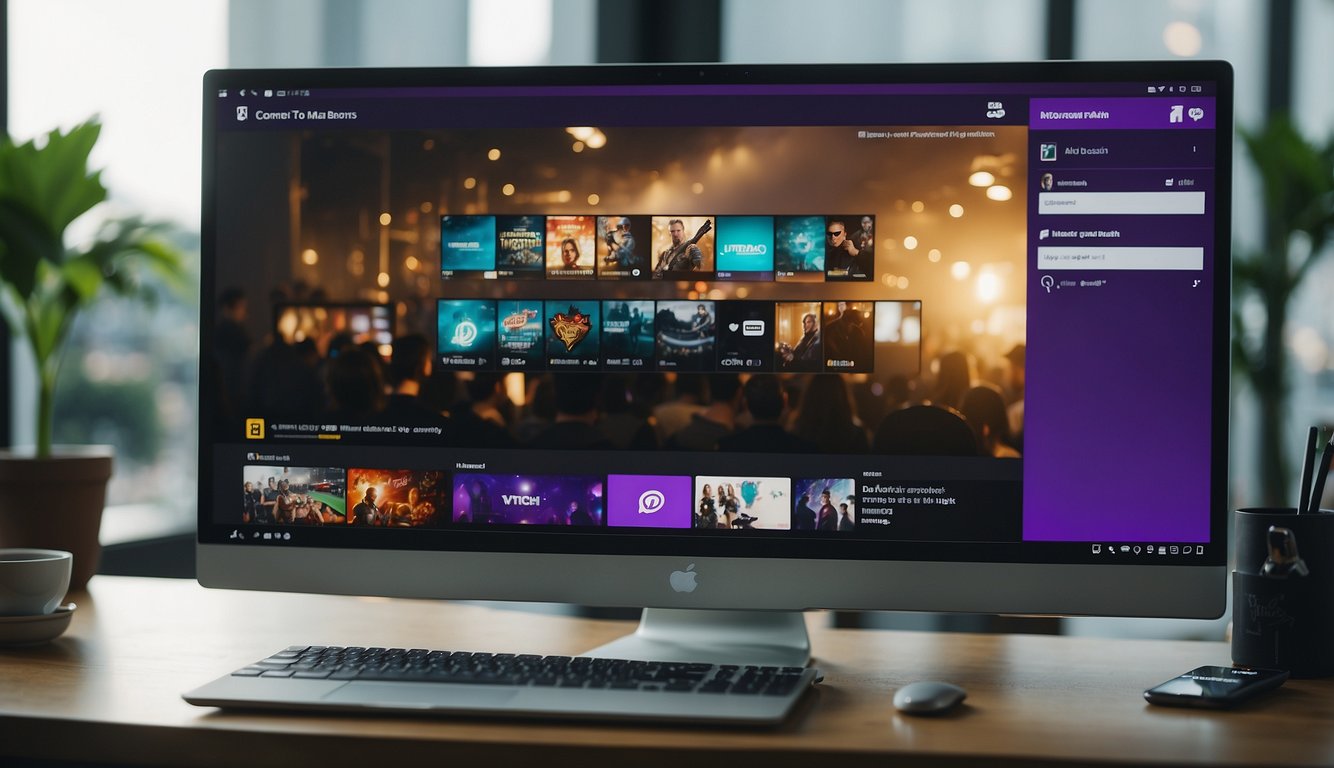
When it comes to creating content on Twitch or YouTube, viewer engagement is key to success. Twitch and YouTube offer different features to enhance viewer engagement, and it's important to understand how to best utilize them.
Chat and Moderation Features
One of the most important features for viewer engagement on both Twitch and YouTube is the chat. Both platforms offer chat rooms where viewers can interact with the streamer and other viewers in real-time. Twitch's chat is known for being more active and lively, while YouTube's chat tends to be more relaxed and slow-paced.
Moderation is also crucial for maintaining a positive chat experience. Both Twitch and YouTube offer moderation tools such as banning users, timing out users, and assigning moderators to help manage the chat. It's important to have a clear set of rules and guidelines for your chat and to enforce them consistently to ensure a positive and welcoming environment for all viewers.
Super Chats and Super Stickers
Super Chats and Super Stickers are exclusive features on YouTube that allow viewers to pay to have their messages highlighted in the chat. Super Chats appear in a bright color and stay pinned in the chat for a set amount of time, while Super Stickers are animated images that appear in the chat. These features can be a great way to increase engagement and monetize your content on YouTube.
Twitch does not have a direct equivalent to Super Chats and Super Stickers, but it does offer other monetization options such as subscriptions, donations, and sponsorships. It's important to find a balance between monetizing your content and maintaining a positive viewer experience.
Overall, both Twitch and YouTube offer unique features for viewer engagement and interaction. Understanding how to best utilize these features can help increase your concurrent viewers and overall engagement on your streams.
Technical Aspects of Streaming
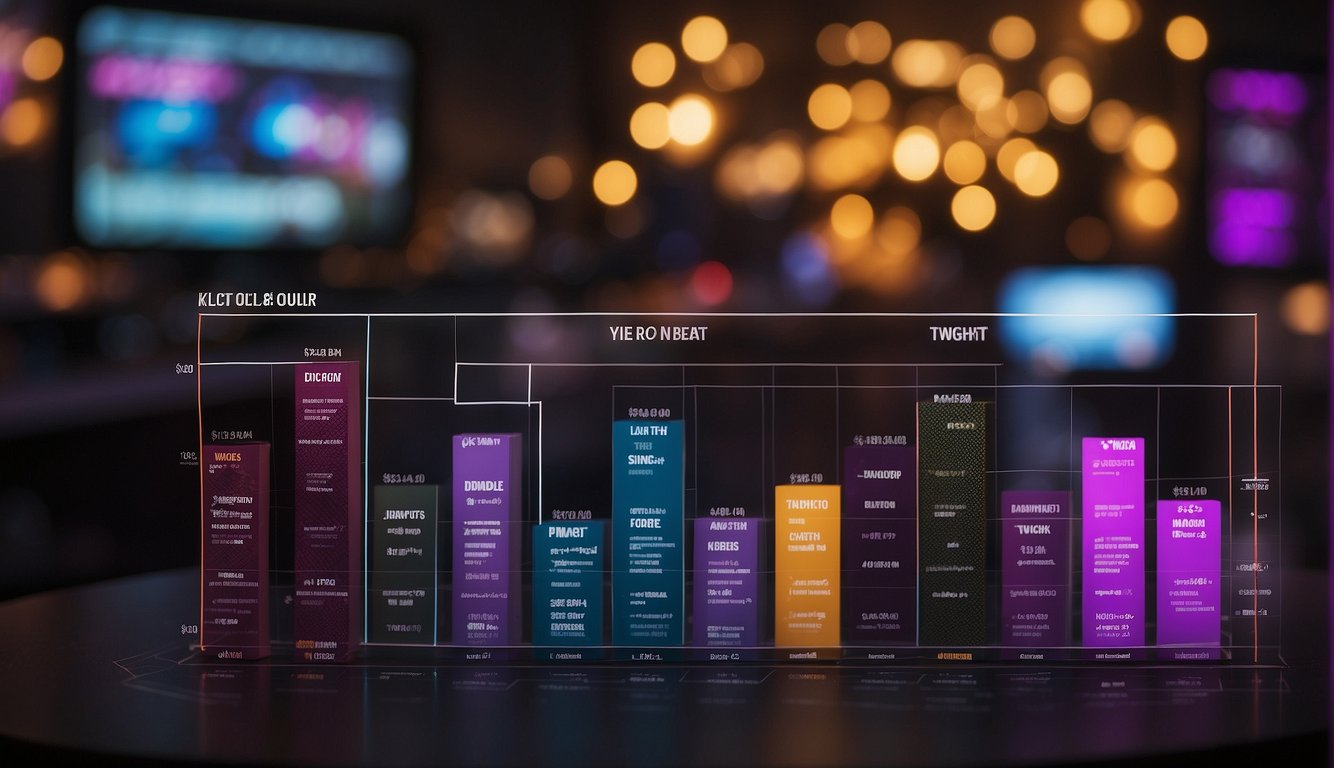
When it comes to streaming, the technical aspects can make or break your success. Here are some key technical considerations for streaming on Twitch and YouTube.
Stream Quality and Requirements
Both Twitch and YouTube offer high-quality streaming options with the ability to stream in 1080p. However, to achieve high-quality streams, you need to ensure that your internet connection and hardware meet the necessary requirements.
For example, Twitch recommends a minimum upload speed of 3-6 Mbps for streaming at 720p, and a minimum of 6-10 Mbps for streaming at 1080p. Similarly, YouTube recommends a minimum upload speed of 6 Mbps for streaming at 720p, and a minimum of 13 Mbps for streaming at 1080p.
In addition to internet speed, you should also consider the hardware you use to stream. For example, if you plan to stream console games, you may need a capture card to record and broadcast your gameplay.
User-Friendly Interfaces
Both Twitch and YouTube offer user-friendly interfaces for streaming, but they differ in some ways.
Twitch has a more streamlined interface for live streaming, with easy access to key features like chat, overlays, and alerts. It also offers a robust broadcasting software called OBS (Open Broadcaster Software) that is widely used by streamers.
On the other hand, YouTube has a more complex interface for live streaming, with a steeper learning curve. However, it offers some unique features like the ability to schedule streams in advance and automatically archive broadcasts.
Overall, both Twitch and YouTube offer excellent options for streaming, and the choice ultimately comes down to your personal preferences and needs. By considering the technical aspects of streaming and the user-friendly interfaces of each platform, you can make an informed decision about which one is best for you.
Impact of External Factors

Effects of the Pandemic on Streaming
The pandemic has affected the streaming industry in numerous ways. With people staying at home, the demand for online entertainment skyrocketed. As a result, both Twitch and YouTube experienced a surge in viewership, with Twitch reporting a 50% increase in hours watched in March 2020 alone [1].
However, the pandemic also created challenges for streamers. With many people losing their jobs, disposable income decreased, and this affected the amount of money viewers could donate or subscribe to their favorite streamers. Additionally, the pandemic led to the cancellation of many live events, which are a significant source of income for streamers who attend these events.
Changes in Online Behavior
The pandemic also led to changes in online behavior, which affected both Twitch and YouTube. With more people staying at home, the competition for viewership increased as more people began streaming. This led to a decrease in the average number of viewers per streamer. Additionally, with people spending more time online, there was an increase in the number of people who decided to try their hand at streaming, leading to a more crowded market.
Furthermore, the pandemic has also led to changes in the types of content that people consume. For example, with the rise of remote work and online education, there has been an increase in the demand for content related to these topics. Streamers who were able to adapt to these changes and offer content that resonated with their audience were able to increase their viewership and revenue.
In conclusion, the pandemic has had a significant impact on the streaming industry, affecting both the demand for online entertainment and the behavior of audiences. Streamers who were able to adapt to these changes were able to thrive, while those who were unable to adjust struggled to maintain their viewership and revenue.
Conclusion
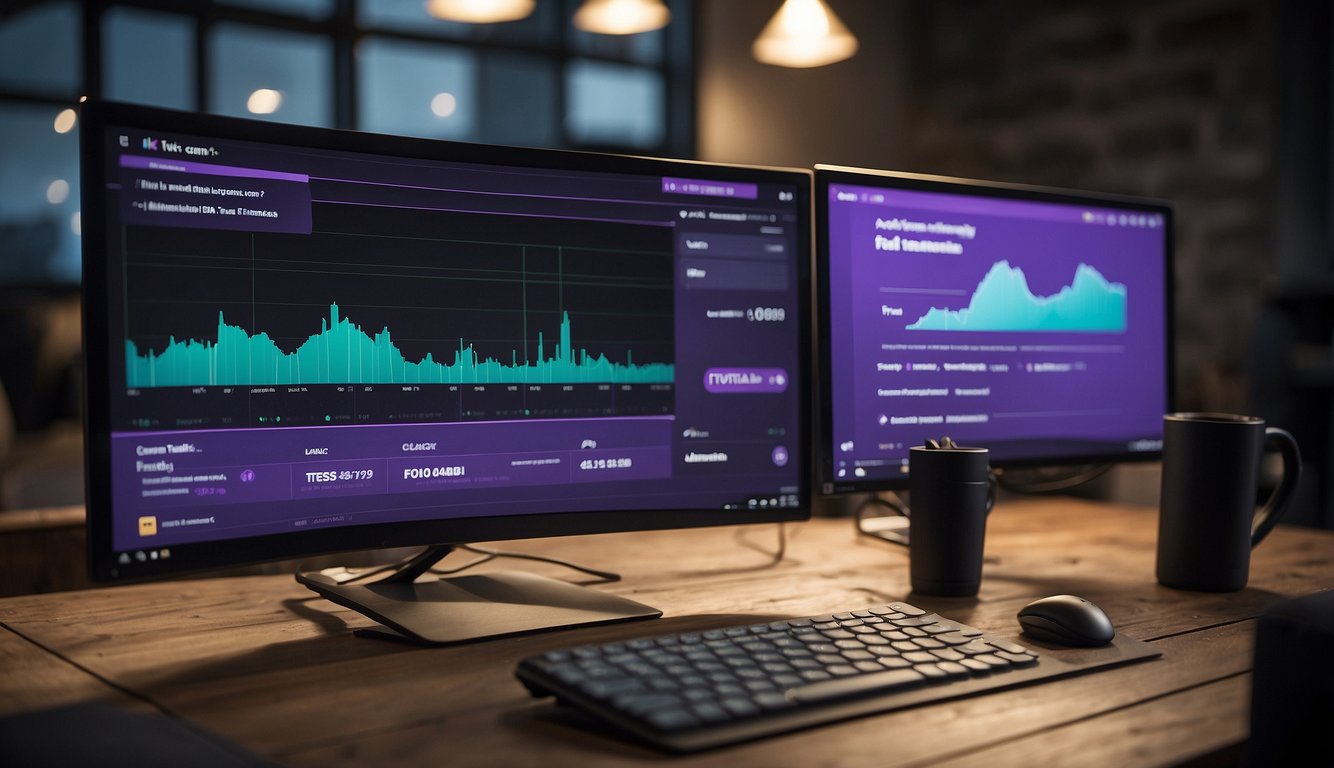
In conclusion, both Twitch and YouTube are great platforms for content creators looking to make money. However, the platform you choose will depend on your goals and the type of content you create.
If you are looking to build a community and interact with your audience in real-time, Twitch is the way to go. Twitch is a more established platform for live streaming and has a larger audience base for gaming content. Additionally, Twitch offers a more direct way to monetize your content through subscriptions, donations, and sponsorships.
On the other hand, if you are looking to create more evergreen content that can be watched at any time, YouTube may be the better choice. YouTube has a wider audience base and offers more opportunities for content creators to monetize their content through ads, sponsorships, and merchandise sales.
It is important to note that both platforms require a significant amount of time and effort to build an audience and generate revenue. You will need to consistently create high-quality content and engage with your audience to be successful on either platform.
Overall, the decision between Twitch and YouTube comes down to your personal preferences, goals, and the type of content you create. Consider your audience, content, and monetization options carefully before making a decision.



